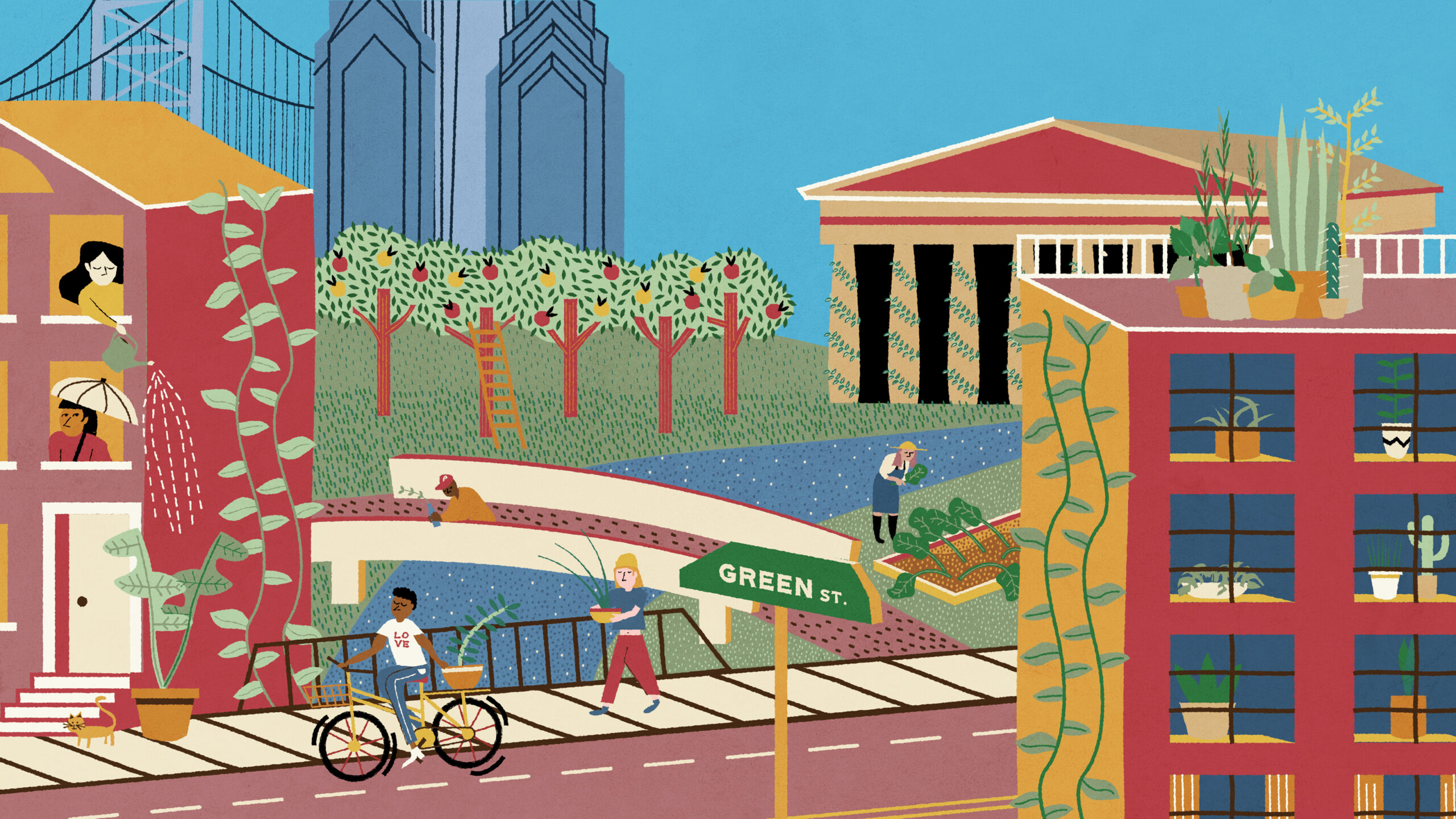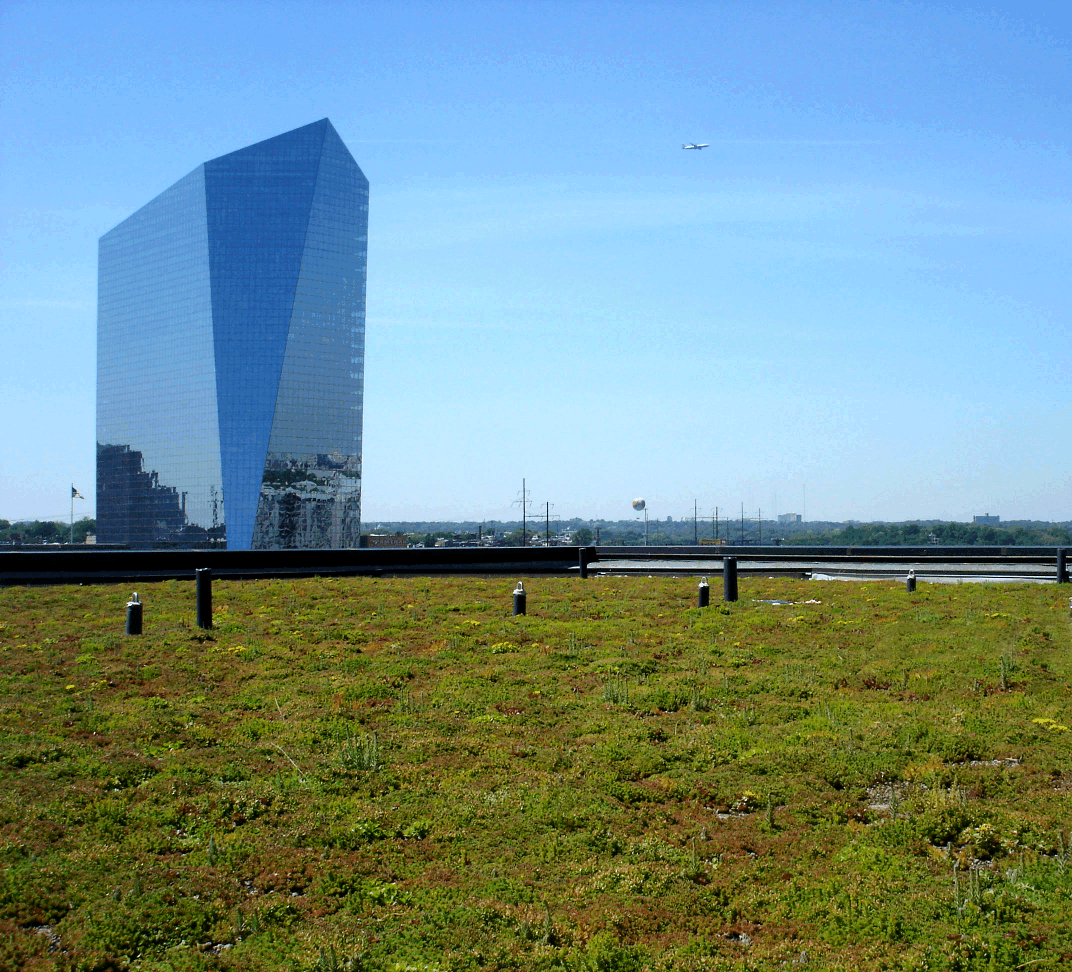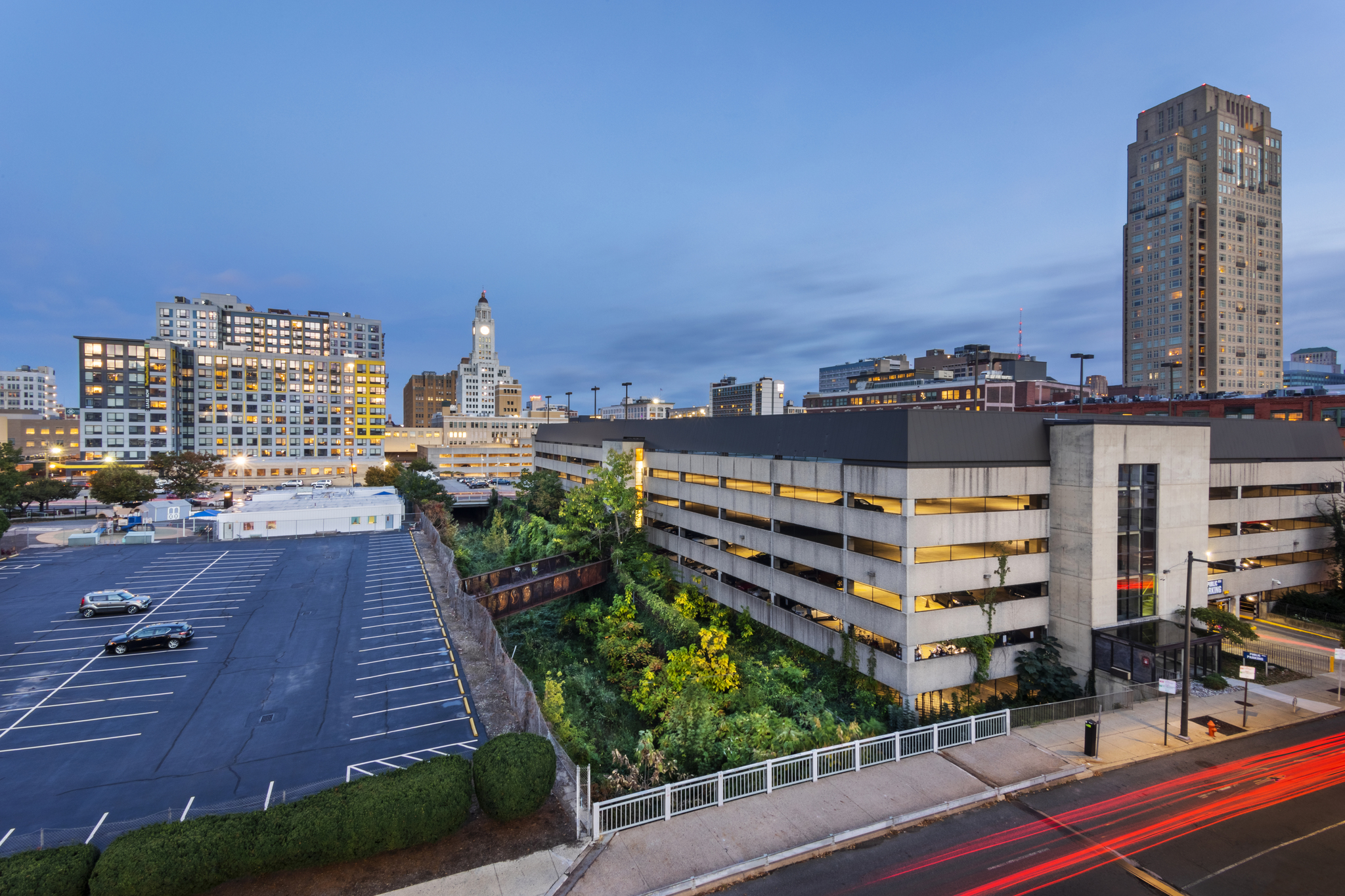philadelphia
Greening the Grid: The Role of Street Trees in Philly’s Fight Against Climate Change
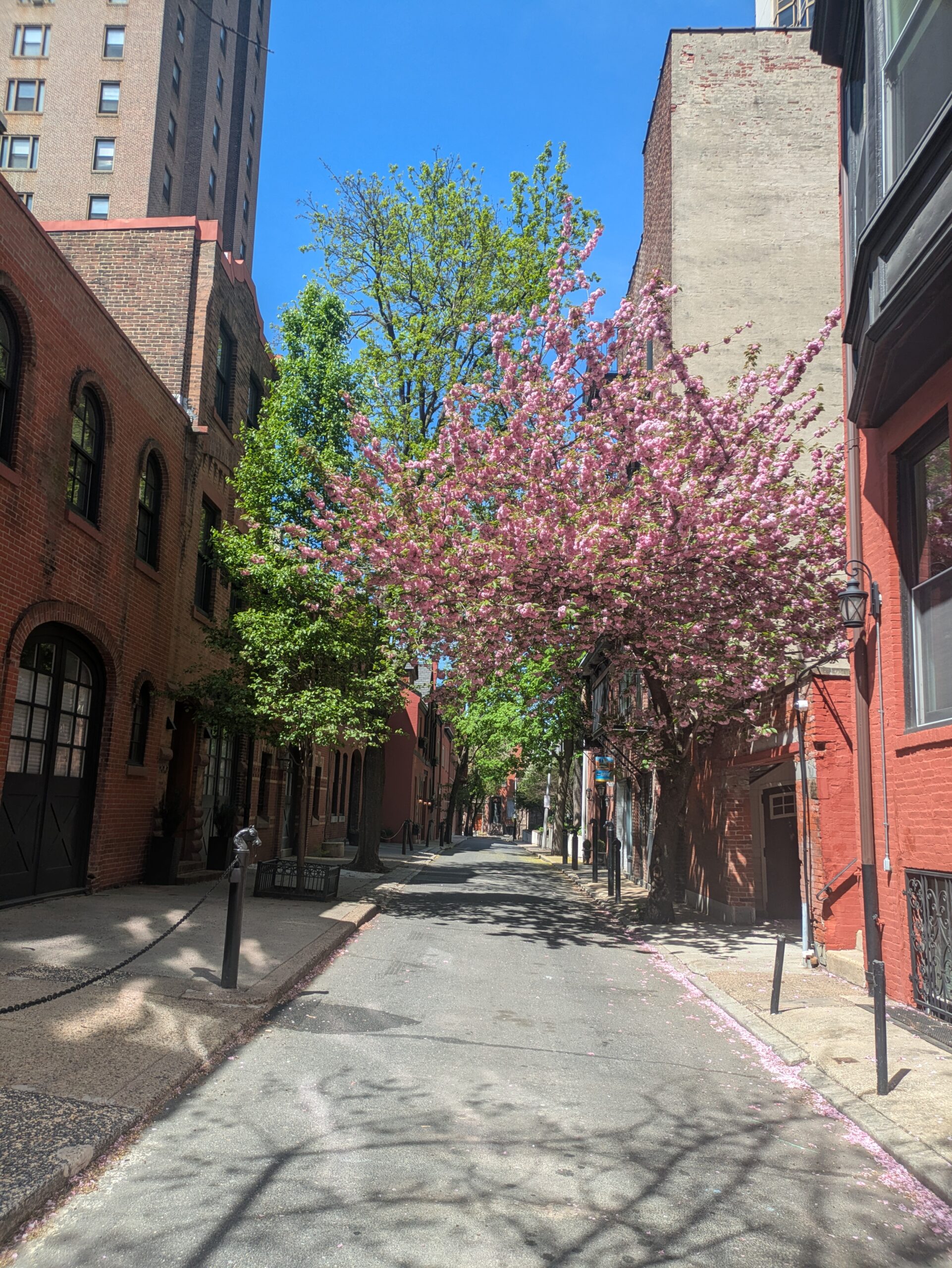
All Philadelphia cityscape images in this blog post are courtesy of Leah Franqui.
In our collective task to combat the climate crisis, sometimes it can feel like our individual lives and experiences are too distant from real global or even local solutions to make any real difference. It might not always be visible to us, however, the immediate world around us is full of ways for us to engage with climate crisis solutions and make our voices heard. When we talk about green solutions, we often forget the source of green, the plants, specifically trees, that line the streets of Philadelphia, or sometimes don’t, depending on the neighborhood. These simple glimpses of urban greenery play a complex role in fighting climate change, and in Philadelphia, we are currently in the midst of an important new plan to increase Philadelphia’s tree canopy significantly.
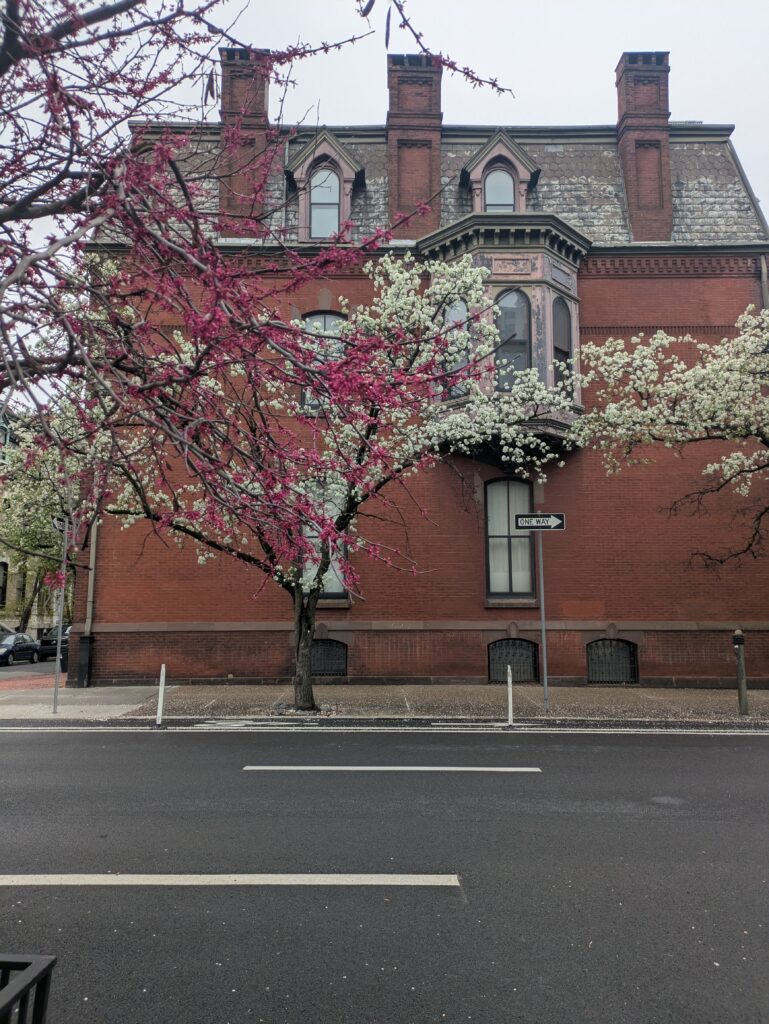
Philadelphia currently has just a 20% tree canopy, less than most other major East Coast cities. And it depends deeply on where you are in the city, with some neighborhoods having as little as 2.5% tree canopy. The effects of having, or not having, tree-based shade are widespread and might surprise you. South Philadelphia feels hotter to you in the summer because it literally is, not just because of climate change, but because the comparatively lower percentage of tree canopy in many South Philadelphia neighborhoods raises the air temperature. Having a higher number of street trees lowers air pollution rates and combats rainwater runoff. It also improves the aesthetics of a street. And the effects aren’t just about climate. Neighborhoods with more tree canopy report lower crime and vandalism statistics.
The tree canopy is as much a social issue as it is an environmental and aesthetic one. But then, that shouldn’t surprise anyone, given how intricately tied social environmental justice and income disparity are. When researching for their 2023 Tree Plan the City of Philadelphia found that neighborhoods with the lowest tree canopy in the city, that is, those below 4%, are the same neighborhoods that were redlined by racist practices that date back to the 1930s. Neighborhoods with higher tree canopy numbers have lower rates of diabetes, asthma, and gun violence, and have for almost a century. Trees on our streets aren’t just good for the earth in climate terms; they are good for our citizens, good for the city, good for our day-to-day living, and good for our society as a whole. While some complain about the issues trees planted on streets cause, cracking concrete, maintenance issues, many of these problems have to do more with poor choice of trees and, admittedly, lack of maintenance infrastructure, than the idea that trees are somehow inherently bad for city sidewalks.
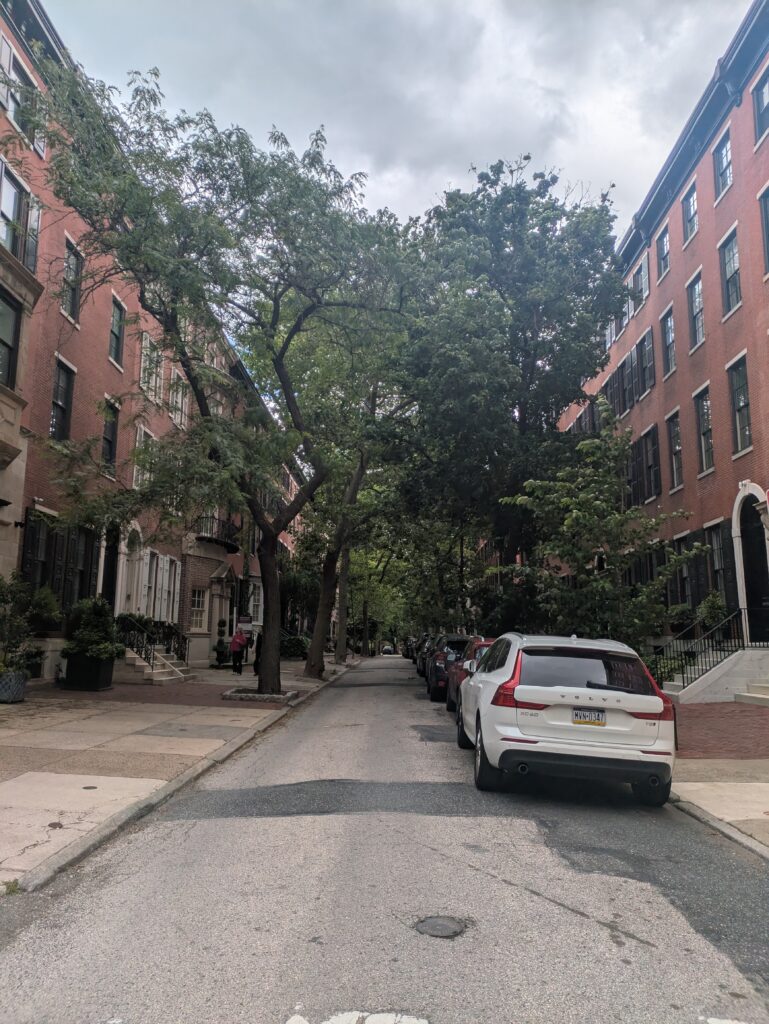
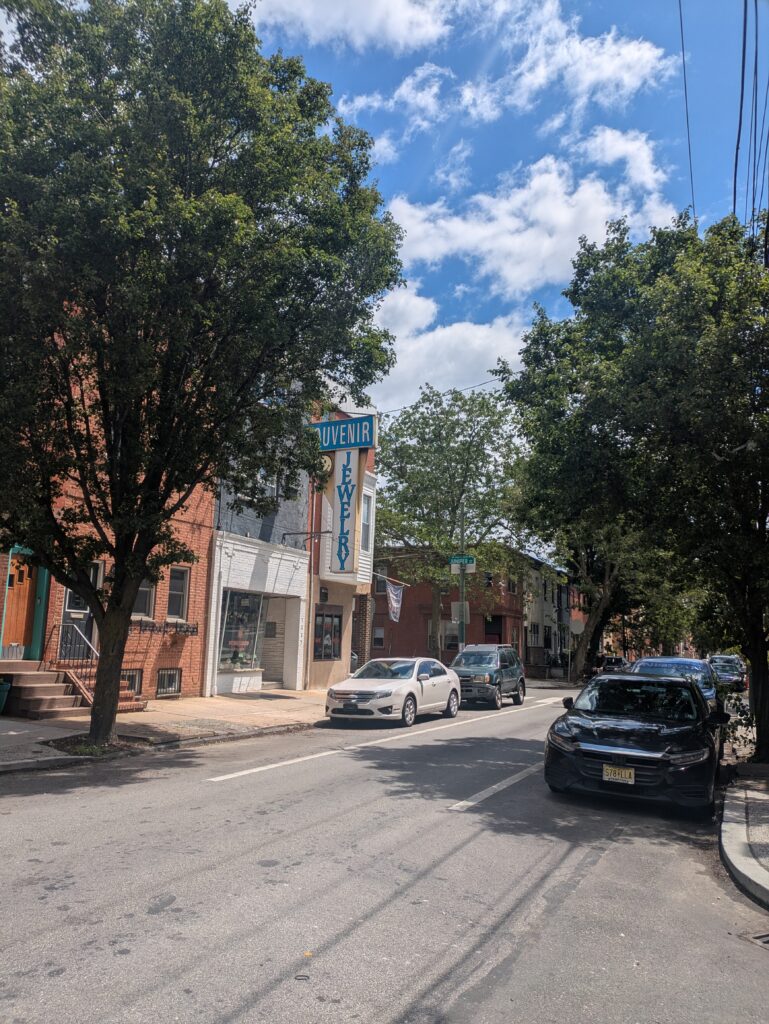
The good news is, in 2023, the City of Philadelphia announced a landmark plan to increase Philadelphia’s tree canopy, raising the city to 30% over the next 30 years. While that might seem small, a 10% increase, it is going to make a huge difference here in our city. It already is. The Philly Tree Plan is an attempt to grow our urban forest, and despite issues since its announcement, like pushback from residents who only know trees as issues they end up having to maintain, and more recent issues, like President Trump’s attempts to freeze grants, the program is already making progress. Not only has the city been able to plant over 3,700 trees in the last year, but the plan, largely put in motion by the Department of Parks and Recreation, has increased tree pruning and maintenance. Parks and Recreation is working directly with the Commerce Department to target commercial corridors, which are often devoid of any tree canopy.
While many have, for good reasons, been skeptical or resistant to more street trees, the sad truth is that some of the communities most resistant to new street trees are the ones that would benefit the most from them. This is why one of the major points of focus of the plan is to help neighborhood residents with the kind of maintenance issues that usually fall on homeowners and make people skeptical or negative about street trees, like removing roots and stumps, and focusing on sidewalk repair programs that go hand in hand with the wrong trees in the wrong place. Additionally, the city, along with PHS, a co-leader of this plan, is providing guides to help people pick the right trees for their area that won’t cause those kinds of sidewalk cracking issues or result in a dead tree that homeowners have to spend money on removing themselves.
One of the most powerful grassroots components of Philadelphia’s tree canopy initiative is the Philadelphia Horticultural Society’s (PHS) Tree Tenders program, a citywide network of trained volunteers committed to planting and caring for trees in their own neighborhoods. For decades, PHS has partnered closely with the City to not only provide access to trees but also to empower local residents to steward the urban forest. Through community-based workshops and hands-on training, the Tree Tenders program equips Philadelphians with the knowledge and resources to care for newly planted trees, monitor their health, and become advocates for greener, more resilient neighborhoods. By building local ownership and fostering environmental stewardship, Tree Tenders is helping to ensure that the Philly Tree Plan’s ambitious goals are both community-driven and sustainable for the long term. Interested in making a difference on your block? You can learn more or sign up to become a Tree Tender at phsonline.org/tree-tenders.
Ready to plant a street tree? Philadelphia homeowners can apply for up to 3 street trees twice a year. Get information about the best tree for your block, and all the other tree-related concerns and questions you might have, and apply for your new tree on the block via this link.





